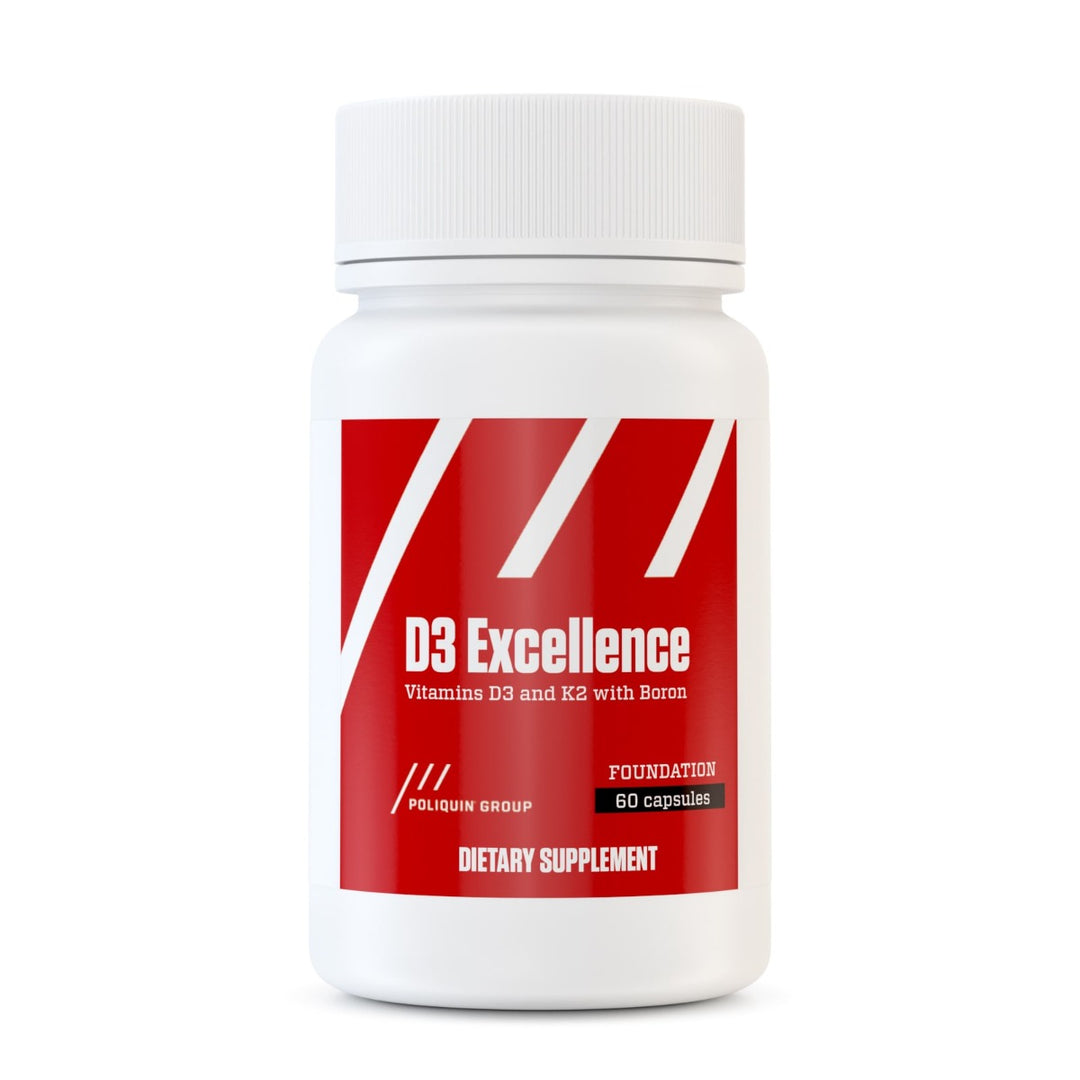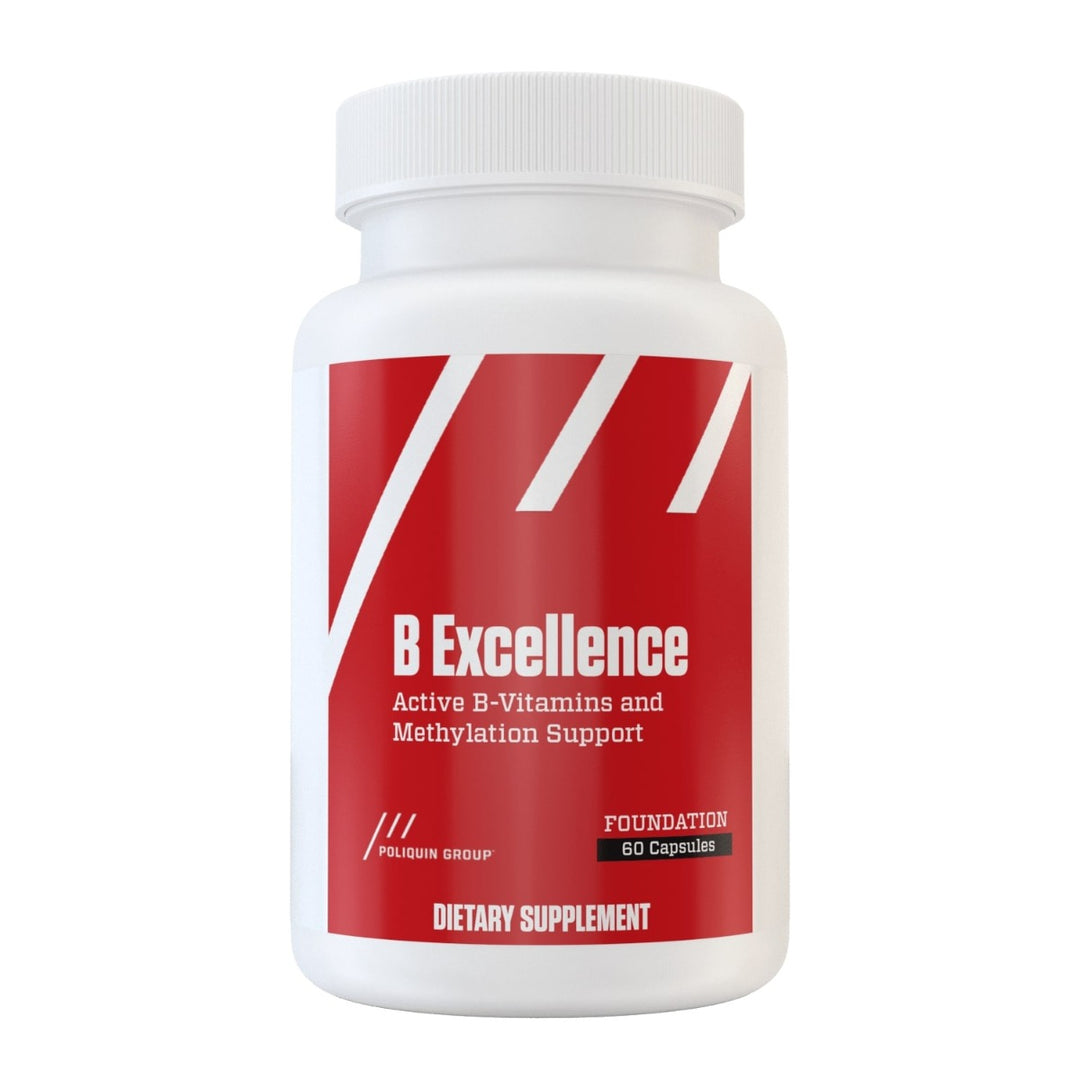Seven Reasons Why You Should Lift Heavy Weights
"If we all did the things we are capable of doing we would astound ourselves.”
"If we all did the things we are capable of doing we would astound ourselves.”
Lifting heavy weights is arguably the most effective way to reach your fitness goals. Unfortunately, if you're like most people, you don’t aim high and embrace heavy training as you should.
This article will show you how to stop selling yourself short. You’ll learn why sometimes lifting heavy weights is the MOST effective way to ensure you experience amazing changes in your body.
#1: Build strength faster.
Being strong can solve a lot of problems: The stronger you are, the quicker you can transform your physique with subsequent training. Same goes for increasing speed, getting more powerful, or improving athletic performance—whoever is strongest at baseline will almost always see the greatest outcomes from training.
Strength also correlates with levels of fat burning hormones in both men and women. This means that the stronger you are, the faster your metabolism will be, making a lean physique that much easier to maintain.
Finally, strength gives you confidence and it challenges your capacities. You must embrace hard work, turn toward the effort and get it done. Instead of settling for less, you’ll find out what your true limits are, not just what you think they are.
#2: Build muscle and improve your physique.
Muscle allows us to do all these amazing things: It keeps your back safe when you pick your kids up off the floor or haul luggage into the trunk. It improves both your 5K time and your jumping ability. It allows you to flip a tire or push your car up the hill.
Muscle is also protective for health. The greater muscle mass you have, the greater your chance of survival from cancer. More muscle also means stronger bones and less risk of osteoporosis.
The more muscle you have, the greater number of insulin receptor sites, which equals better use of energy in the body. Naturally, you’ll have less risk of diabetes, obesity, heart disease, or metabolic syndrome.
#3: Have an easier time getting “toned.”
We’re going to let you in on a little secret: Getting toned requires two things to happen:
- Lose excess body fat
- Increase the size of muscle cells to provide shape.
The truth is that toning is all about lean muscle. Of course, for most people, it requires the removal of any fat covering up the muscle, but it is muscle that provides the sleek, sculpted curves.
The best way to use exercise to shed body fat while increasing lean muscle is to prioritize anaerobic exercise with sprints and weights and include one to two heavy weight workouts a week. You’ll also want to train the “classic” lifts like squats, lunges, step-ups, presses, row, and chin-ups—all exercises that favor the use of heavy weights because they use a variety of muscle groups to perform.
#4: Burn more calories and lose more body fat.
People often mistakenly think cardio exercises are best for fat loss. This is because the amount of calories you burn during exercise is usually higher with cardio than weights, but it’s what happens after the workout that really matters.
Lifting weights elevates post-workout energy expenditure significantly more than steady-state cardio due to the metabolic stress it causes. In a study that compared light with moderate weights on “afterburn,” women who did 2 sets of 8 reps at a “heavy” 70 percent load burned double the calories during the hour after exercise as a group that did 2 sets of 15 reps at a light 35 percent load.
This illustrates that weight lifting is effective for fat loss because it induces stress “behind the scenes” in your body that can’t be accounted for by just measuring work completed.
#5: Gain confidence and drive from competing with yourself.
If you are new to the gym, you might make the mistake of thinking you’re incapable of lifting heavy weights.
We’ve heard it time and again: People believe they are either “too old,” or “too weak,” to start lifting weights. Or they worry that lifting heavy will make them big and muscular.
Enough with this madness! First of all, it’s a good bet you’re much stronger than you think. You can definitely handle more than a tiny dumbbell that is really just a prop and doesn’t challenge you at all. You can squat, deadlift, hinge, press, pull weights, and move your body in ways you long ago forgot.
Of course, it’s important to remind your body how to move properly, but once you’ve got training technique nailed, you’ll be amazed at how much weight you can lift.
Second, let’s just clear up the whole “big and muscular” thing right now. To get big and muscular, you have to train in a very specific way (high volume, heavy weights), make nutrition a top priority, and put in at least a few years of intense, concentrated work. Muscles do not just automatically appear as soon as you walk into a gym and start tossing weights around.
Finally, everyone, whether you’re 9 or 99 can benefit from some form of training with weights. Of course, kids, older individuals, and those struggling with issues such as arthritis, osteoporosis, heart conditions, obesity, and so forth require situation-specific training programs. But EVERYONE is capable of competing with their own capacities by training with some form of resistance.
#6: Strengthen your brain, heart, hormones, and metabolism.
You probably remember that a big component of athletic performance is the brain—muscle connection. A 2012 study showed how different weights activate the brain differently:
A volume-based workout with 10 reps of squats per set at 80 percent produced the greatest overall increase in brain activity, with the largest overall number of motor units being worked.
Results of a power workout that used light weights (30 percent of the 1RM) and explosive movements found that higher threshold motor units were recruited earlier in the movement. Compared to non-explosive movements using the same weight, three times more motor units were recruited when trainees moved powerfully.
Finally, lifting heavy weights (95 percent of the 1RM) trained unique regions of the brain not tapped into by the other two protocols.
Scientists conclude that to design successful workouts, you should include all three training types in your long-term program by alternating between phases every few weeks.
#7: Strengthen connective tissues and bone.
Lifting heavy protects your bone and connective tissue. One of the largest benefits endurance athletes can get from training with weights is to strengthen joint tissue and prevent degeneration from repetitive use. By loading the body with heavy weights, bone osteoblasts occur, strengthening bone, and tendons, collagen, and ligaments go through remodeling to become stronger.
In addition, this type of training allows you to move safely under load—an ability that is essential for any athlete who is jumping, pivoting, or twisting since the knee and ankle joints are not naturally equipped to handle such loaded movements at high speeds.
The fastest way to strengthen connective tissue is to do eccentric training, which is when you lower a very heavy weight slowly to the ground. Eccentric training causes significant tissue damage so it will make you sore.
The good news is as long as you allow adequate recovery time before doing heavy, muscle-thrashing training again, the damaged tissue and muscle will rebuild stronger and more protective than before.
Final Words
You have this reservoir of strength within you that is just waiting to emerge. Once you tap into it, you will literally transform every aspect of your life for the better!











